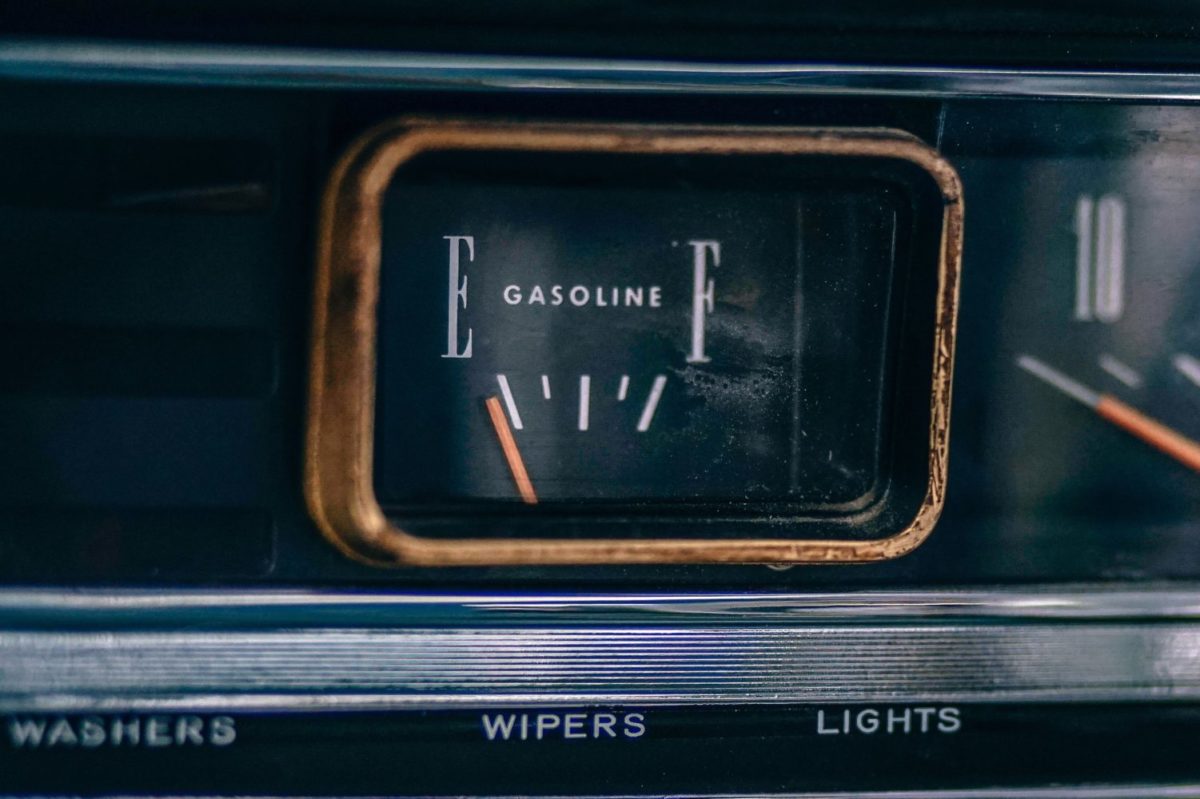While the phrase, “I don’t believe it, we’re out of gas,” might be an expected or comical scenario when watching a sitcom or romantic comedy, it’s definitely not something you would want to hear when traveling on a commercial airliner.
The possibility of running out of gas is not something that the typical passenger wants to think about. On rare occasions you might find yourself on a flight that is heading towards an area of bad weather. Or maybe your flight is already on its way and you have to enter a holding pattern. While your plane makes endless circles across the sky, you could find yourself asking, “ Is our flight going to run out of gas? ” Now, before your imagination starts sprinting off to the races, there are a few things that you should know.
Flight planning and fuel monitoring are both taken very seriously by the airlines. Each task involves a number of steps to ensure that your flight always has enough gas. Determining exactly how much fuel is needed for a given flight is a shared responsibility. Both the Captain and the airline dispatcher will oversee and sign off on this process. For obvious reasons, this is a top priority when preparing for each flight.
Located behind the scenes, the dispatcher is typically in a room back at the airline’s operations center. Each dispatcher is trained and certified to perform the various tasks associated with flight planning. This individual shares the legal responsibility for the flight with the captain. The process usually begins a couple hours before the scheduled departure time. Using weather reports, passenger and cargo loads, historical data, and a few other factors, the dispatcher will determine both the route of flight and the amount of fuel required for the trip. That calculated amount will always include extra gas to cover any contingencies along the way.
Each and every flight will always have extra fuel on board to handle any contingencies regardless of the circumstances
The amount of fuel needed for a given flight is not an arbitrary number. On the contrary, it is strictly defined by government regulations. This is done to ensure that each and every flight has enough fuel to make it to the destination, while allowing for any unforeseen circumstances along the way. This begs the question of exactly how much gas is added and why?
Well, if the weather is good, then your flight will have enough gas to fly to the destination and then for another 45 minutes thereafter. This will provide a substantial cushion for any unexpected changes. If the weather is not good, or forecast to be less than good, then even more fuel is added. The same can be said for over-water international flights. These flights will be required to have an alternate airport as a backup. The amount of gas on board will reflect this rule. This will then allow the plane to fly for a very long time. As such, it will be able to reach the destination, continue to the alternate airport, and even fly for another 45 minutes thereafter. It’s an ample safety margin that is rarely, if ever needed. However, since safety is always the top priority, each flight will always have at least this minimum amount. Ultimately, this quantity will be verified by both the pilots and dispatcher prior to each flight. The flight will not be permitted to depart unless it has the correct amount of gas loaded on board.
The most common reason for flights having to change course, hold, or divert is weather. As a result, both the pilots and the dispatcher will be monitoring weather reports before and during the flight. They will also be tracking the fuel quantity along the way. Pilots and dispatchers are consummate planners. Every step of the way they are monitoring all relevant information, with a backup plan in mind, in case anything changes. Those plans will also include nearby airports along the route.
…pilots are always watching the fuel quantity throughout the flight.
With the help of detailed rules, comprehensive planning, and constant monitoring, you can be confident that your flight will never be in danger of running out of gas. Keeping tabs on how much gas is left in the tank is always a top priority. Any decision to change course or divert will be based on the amount of fuel remaining. Even then, there will be a heavy focus on preserving a safety margin or buffer. This way, even if your flight has to hold or divert, your plane will still have enough fuel to safely make it back onto the ground. Remember, your pilots are always watching the fuel quantity throughout the flight. At any point, they know exactly where to go if weather (or something else) gets in the way of reaching the scheduled destination. And because of all these safeguards, your flight can make it there with plenty of gas to spare.
Running out of gas might not be all that uncommon or unexpected for fictitious characters in a TV show or movie, but you can feel confident knowing that it will never have a chance of happening for your flight.

